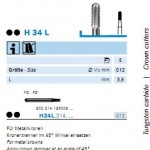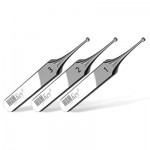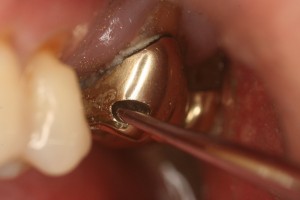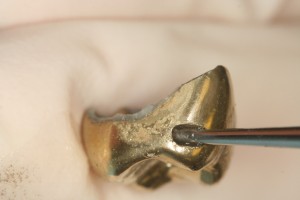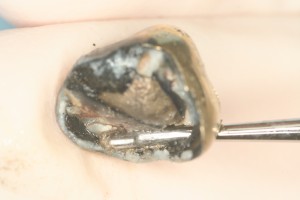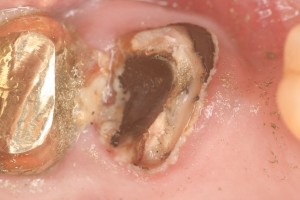A lot of these tips I picked up at the Spring British Endodontic Society Meeting, hey I am a slow typist!
1 Vapour lock
This is a potential obstruction for irrigants when a liquid is trying to exchange places with a gas a ‘bubble’ is created at the apex and irrigant exchange does not reach or take place at this critical location. Effectively aspirate by pulling back slightly with the irrigant syringe to remove any vapour lock. It is interesting to observe the gas bubble followed by a cloud of cut dentine and debris feedback into the syringe. Once the vapour is removed the apical third is effectively cleaning the all important apical third.
2 Hypochlorite
This is the most effective irrigant available to dentists and it is recommended. I use ASDA thin bleach, diluted 50:50 in safety tipped syringes warmed to coffee temperature (60 degrees) in a baby bottle warmer. Use a rubber file stop to indicate the working length so you are never going to risk binding at the apex or putting the tip through an open apex. An open apex is a considerable risk during re-treatments when the previous operator inadvertently reamed open the apical foramina larger than a size 40 hand file! Rubber dam is mandatory in any case and patient safety is paramount.
3 Apical cleaning
Apical irrigation does not effectively start until an F2 ProTaper (red) has reached length. Only from this point forward does the apical disinfection start. If possible finish to the F3 ProTaper (blue) to increase the exchange during apical irrigation and disinfection. There is good evidence that supports this, Van der Sluis et al evaluated the effects of apical preparation size on irrigant flow inside root canals showed increasingly that root canal enlargement sizes larger than 25 improve the performance of syringe irrigation. International Endodontic Journal 43, 874-881,2010
4 Ultrasonics
At the Spring meeting ultrasonic tips were recommended as an adjunct to canal cleaning. I have introduced them into our endodontic protocol and now activate the canals flooded with hypochlorite between files, and at final cleaning. Judging by the amount of debris that is observed this is worthwhile.
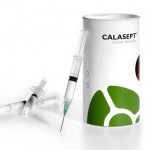
5 Sterile non-setting calcium hydroxide
I have started to use Calasept instead of Hypo-Cal which tends not to block the delivery syringe. This is spun into place using a spiral filler to make sure there is no air lock at the apex which would enable bacteria to grow in this critical area. It is diluted with sterile saline.
6 Don’t mix chlorhexidine and EDTA
If you mix them you create a precipitate. If you use chlorhexidine as an irrigant remove it carefully with paper points first before using EDTA. We have stopped using lubricants such as File-Eze which contains EDTA, they are unnecessary anyway if you have the canal flooded with hypochlorite that is all the lubrication you need.
7 Measure your paper points
Make sure you do not push paper points through the apex, remnants of paper points can cause irritation to the apical tissues. Measure the points using your working length and locking tweezers so you know they stay within the canal (Hu-Friedy Locking Endodontic Pliers, EPL1).


